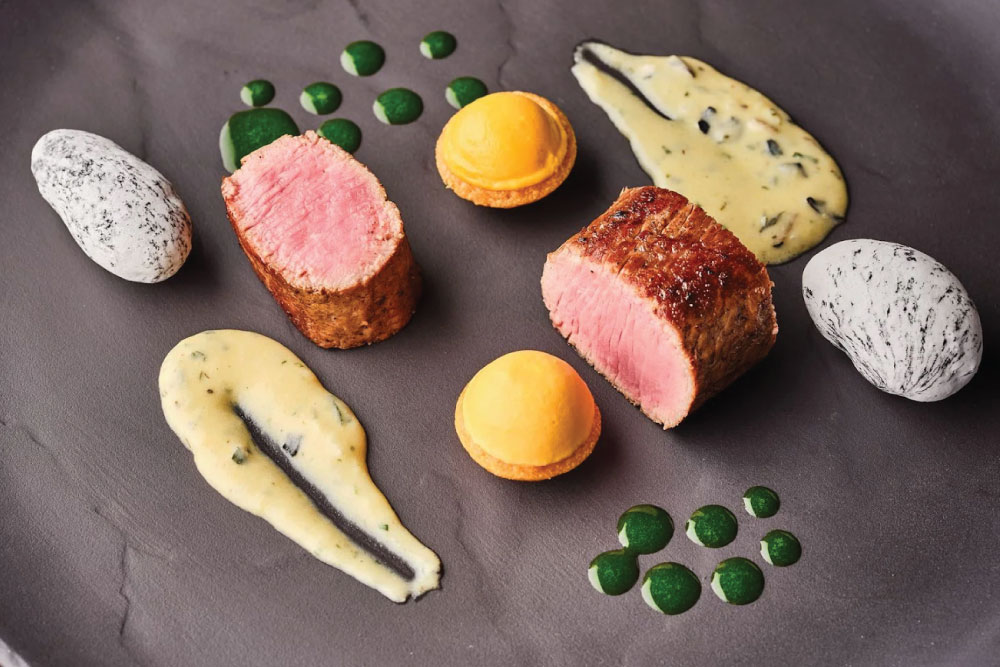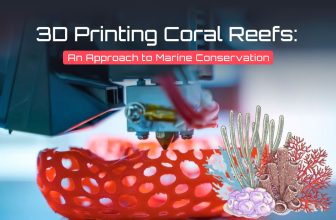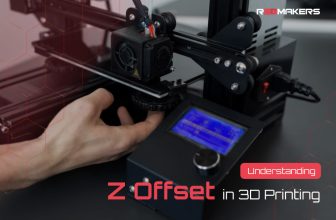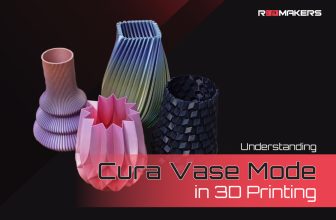3D Food Printing: Revolutionizing the Culinary World

The world of 3D printing edible food has emerged as a fascinating and innovative field that combines technology and culinary artistry. This cutting-edge technology is revolutionizing the way we perceive and create food, offering endless possibilities for customization, nutrition, and sustainability. In this article, we explore the concept of 3D food printing, its applications, benefits, and the potential impact it can have on the food industry. As 3D food printing continues to evolve, collaborations between chefs, scientists, and engineers are pushing the boundaries of what is possible. These partnerships are essential in driving advancements in the technology, ensuring that 3D printed food becomes a mainstream culinary experience in the near future.
Understanding 3D Food Printing
3D food printing, also known as food 3D printing, is a process that involves creating edible food items using specialized 3D printers. These printers work by layering edible materials to form a desired shape, similar to traditional 3D printing but with consumable ingredients. The process starts with a digital design of the desired food item, which is then translated into instructions for the 3D printer. The printer then proceeds to build the item layer by layer, creating intricate and visually stunning culinary delights.
The edible materials used in 3D food printing can range from various ingredients like dough, chocolate, or even protein-based pastes. The precision and control offered by this technology allow for the creation of complex and intricate designs that would be challenging to achieve using traditional cooking methods. As the field of 3D food printing advances, researchers are continually exploring new edible materials and improving the printing process to enhance the taste, texture, and nutritional value of printed foods.
Applications and Advantages
The applications of 3D food printing are vast and far-reaching. It has the potential to transform various aspects of the food industry, from home kitchens to high-end restaurants, as well as catering to specific dietary requirements and food preferences. Additionally, 3D food printing can also play a crucial role in addressing food crises and hunger in various parts of the world. The technology’s ability to produce customized, nutrient-rich foods efficiently could revolutionize food aid programs and contribute to sustainable solutions for feeding growing populations.
Personalized Nutrition
One of the most significant advantages of food 3D printer is its ability to personalize nutrition. The technology allows for precise control over ingredients, portion sizes, and nutrient content, catering to individual dietary needs and health concerns.
Culinary Creativity
Chefs and food enthusiasts are embracing 3D food printing to explore their creativity. With the ability to design complex shapes and patterns, the culinary world is experiencing a new wave of artistic expression, presenting food in ways previously unimaginable.
Food Design and Customization
3D food printing enables the creation of unique and customizable food items, making it an ideal choice for special occasions, events, and celebrations. From personalized cake toppers to intricate chocolate designs, the possibilities are endless.
Sustainability and Food Waste Reduction
3D food printing has the potential to address issues of food waste. By using precise ingredient measurements and producing only what is needed, it minimizes excess food production, leading to a more sustainable and environmentally friendly approach to food preparation.
Tailoring to Dietary Restrictions
For individuals with dietary restrictions or food allergies, 3D food printing offers a safer and more enjoyable dining experience. It allows for the creation of allergen-free dishes and personalized alternatives to traditional recipes.
Challenges and Limitations
While 3D food printing holds significant promise, it also faces some challenges and limitations that need to be addressed for widespread adoption.
Texture and Taste
Achieving the right texture and taste in 3D printed food can be challenging. The layer-by-layer printing process can sometimes result in different mouthfeel and taste compared to traditional cooking methods.
Ingredient Selection
The range of printable ingredients is limited compared to traditional cooking. Ensuring that the chosen ingredients are safe, nutritious, and compatible with the printing process remains an ongoing concern.
Cost and Accessibility
Currently, 3D food printing technology is relatively expensive and not readily accessible to the general public. As with any emerging technology, further advancements and mass production will be necessary to make it more affordable and widely available.
The Future of 3D Food Printing
Despite the challenges, the future of 3D food printing looks promising. As technology continues to advance, we can expect more sophisticated printers capable of producing intricate and realistic food items. Researchers and developers are actively working on refining the printing process to achieve better taste, texture, and nutritional value in printed foods. Moreover, as the world grapples with issues of sustainability and food scarcity, 3D food printing could play a vital role in shaping the future of food production. It has the potential to address challenges in food distribution and reduce the ecological impact of conventional agriculture.
Conclusion
3D food printing is not just a technological marvel; it is an innovation that has the potential to revolutionize the culinary world as we know it. From personalized nutrition to creative culinary design, the applications of this technology are vast and diverse. While challenges exist, the ongoing research and development in this field promise a future where 3D printed food becomes an integral part of our daily lives. As the technology becomes more accessible, we can look forward to a world where delicious, nutritious, and sustainable 3D print food takes center stage on our plates.
Moreover, the integration of 3D printing edible food into the culinary landscape can inspire a new generation of chefs and food enthusiasts to explore innovative techniques and push the boundaries of gastronomy. As the technology matures and gains wider acceptance, we may witness a fusion of traditional culinary expertise with cutting-edge printing methods, resulting in a renaissance of flavors and presentations in the food industry.










